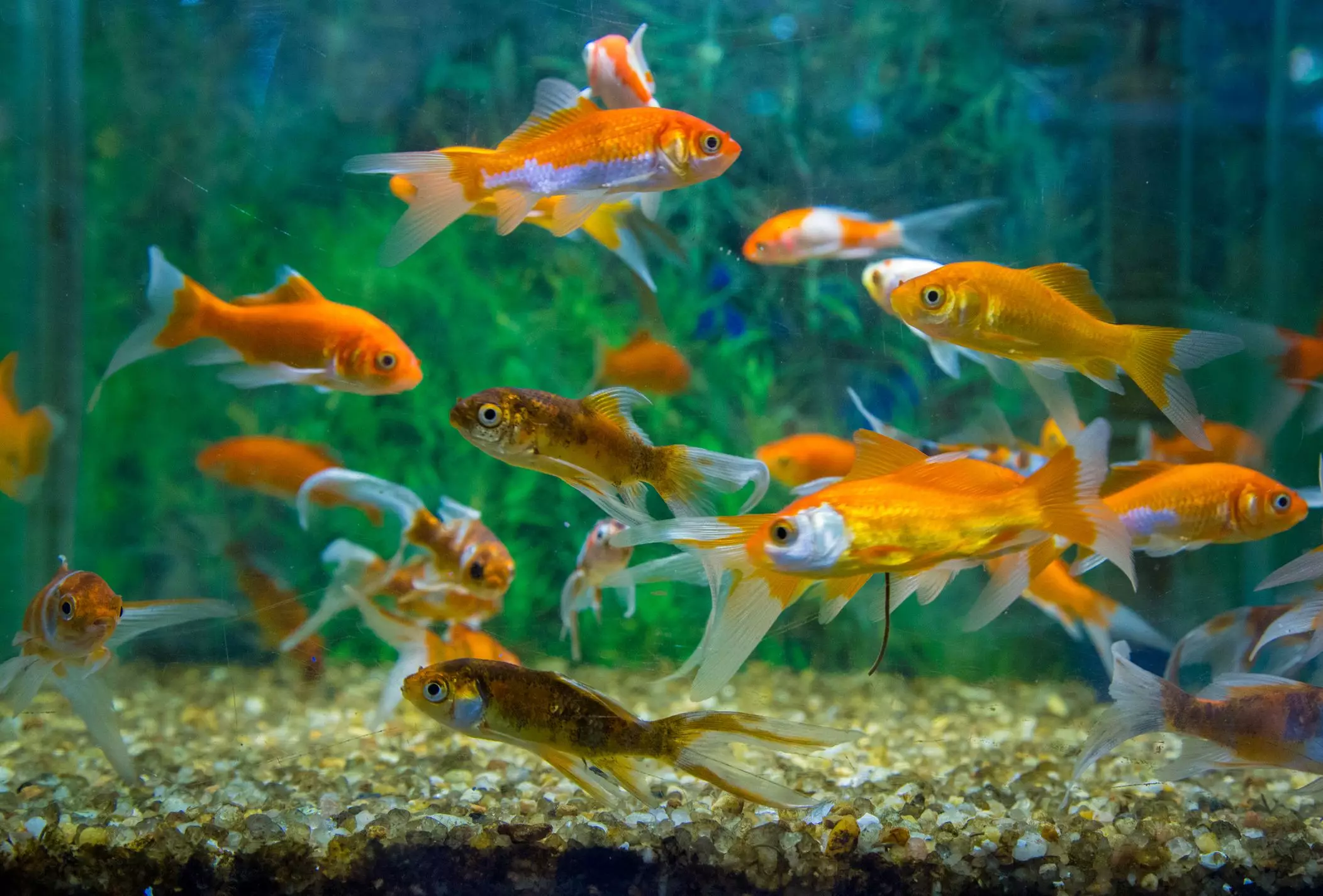Setting up a new aquarium can be an exciting venture; however, it also comes with its fair share of challenges, notably achieving a stable and healthy environment for aquatic life. One increasingly popular method among aquarists is the practice of “seeding.” This technique accelerates the nitrogen cycle—the process pivotal to establishing beneficial bacteria necessary for maintaining water quality. This article explores what seeding involves, how it works, and the best practices for successfully seeding a new aquarium.
To grasp the significance of seeding, it’s essential to understand the nitrogen cycle. In a newly established tank, beneficial bacteria need time to grow and balance out the ammonia and nitrites that fish produce. Typically, this process can take four to six weeks, which can be daunting for new aquarium owners eager to introduce their aquatic friends. The nitrogen cycle consists of converting toxic ammonia into nitrites and then into nitrates, which are significantly less harmful. Seeding allows for the transfer of these crucial nitrifying bacteria from an established aquarium, reducing the cycling time and providing a stable environment for your fish much quicker.
The Importance of Bacteria Location
A common misconception is that nitrifying bacteria thrive freely in the water. In reality, these bacteria largely inhabit surfaces within the aquarium—such as the substrate, filter media, rocks, and decorations. Therefore, simply transferring water from an established tank will not yield the beneficial bacteria required to kickstart your new aquarium. This understanding underscores the importance of knowing the right methods for seeding and how to source the necessary materials from existing tanks.
Finding seeding material can be a challenge, but many options are available for those looking to establish a new aquarium. If you have an established tank, acquiring the necessary material is straightforward. Here are some alternative sources if you lack access to an established aquarium:
1. Local Fish Stores: Many pet shops offer assistance with seeding material and may be willing to provide you with some for a nominal fee or even for free.
2. Aquarium Clubs: Joining a local aquarium club can connect you with seasoned hobbyists who are often more than willing to share their resources, including seeding material.
3. Friends and Family: If you know someone with a well-maintained aquarium, consider asking them for a small amount of substrate or filter media. Just ensure that their tank is free of diseases or parasites to avoid introducing any unwanted issues to your new setup.
In the pursuit of seeding material, remember that the health of the source tank is paramount. Check for any signs of disease, as introducing problematic bacteria can compromise the health of your new aquarium.
Once you have gathered your seeding material, timing is crucial. The new aquarium should be set up and allowed to stabilize for a day, with temperature and chemistry consistent before the introduction of seeding material. Here are some effective techniques for transferring material:
– Substrate Layering: If the substrate type of both tanks is similar, you can simply layer the seeding substrate evenly on top of your new tank’s substrate. This method is efficient and easy.
– Nylon Bag Method: Another option is to place substrate in a nylon bag, tie it off, and hang it in the new tank. This allows the beneficial bacteria to migrate into the new environment while keeping things tidy.
Transferring filter media from an established tank is one of the most effective seeding methods. You might consider running an extra filter on the established tank for a few weeks before moving it to the new setup. This will allow for significant bacterial growth on the filter media. Sponge filters are particularly handy as they are easily portable and effective in nurturing beneficial bacteria.
In addition to transferring seeding material, many pet shops offer bacteria starters or beneficial bacteria supplements. These products can further enhance your new aquarium’s biological stability and accelerate the cycling process. Utilizing these alongside your seeding material helps mitigate the risk of “New Tank Syndrome,” a common condition where toxic waste builds up faster than beneficial bacteria can break it down, leading to potential fish fatalities.
Final Thoughts: Successful Seeding Practices
Seeding a new aquarium is a practical approach for burgeoning aquarists who want to minimize stress on their fish while fostering a stable environment. By understanding the nitrogen cycle, knowing where to source beneficial bacteria, and employing effective seeding techniques, anyone can set up a thriving tank more efficiently. This dynamic process not only enhances the health of your aquarium but also enriches the entire experience of fishkeeping. Investing the time and effort into proper seeding will ultimately pay off with a vibrant ecosystem teeming with life.

